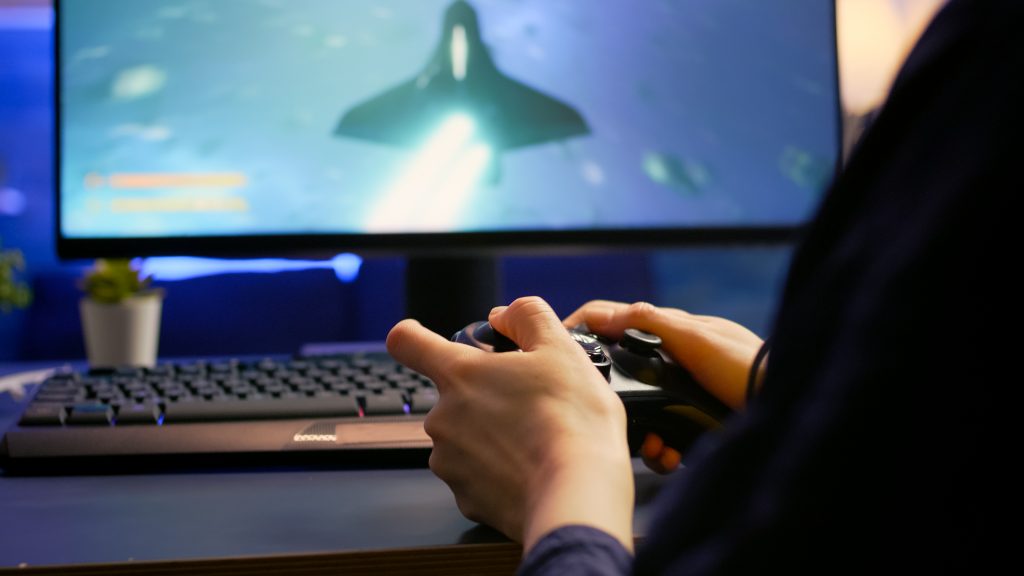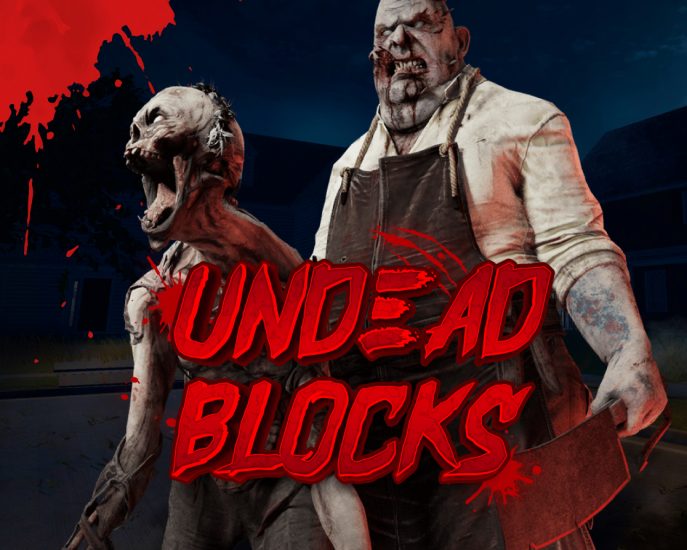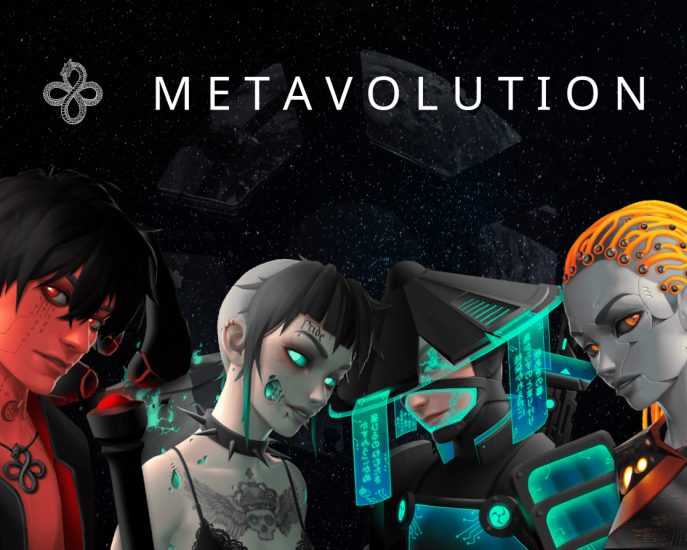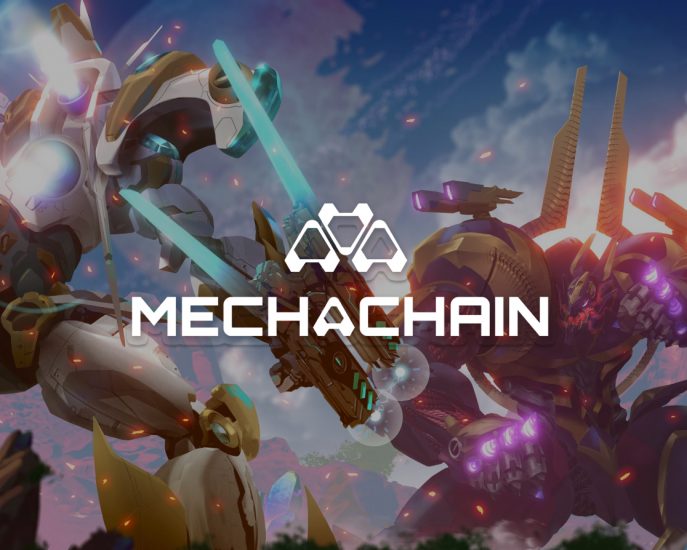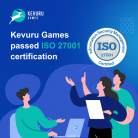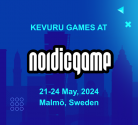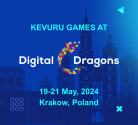A lot has already been said about the game development process. Even those people who are only superficially familiar with the gaming industry know that creating an entertainment product is far from being fun and amusing in its essence. And even with an ideally (seemingly) prescribed plan, there may be some problems, bottlenecks, incorrect timing, and other delights that often appear in game developers’ nightmares.
Obviously, the game design process is not a spontaneous story. Information about the production cycle of a game is usually not disclosed – each team customizes it for themselves. But we’re not here to say that we won’t tell you anything either. As a gaming company, we can shed some light on the key stages of game development, which are the same for all projects. So buckle up and welcome to the beautiful, vibrant, dynamic, and slightly crazy world of game making!
Video Game Development: Outside and Inside View
From the outside looking in like a passer-by, the process of developing a video game looks pretty innocent. Well, big deal, a team of several people got together and made a game. Many uninitiated people are still often inclined to criticize developers for being too slow in creating games.
But if we discard unprofessionalism, then the harsh truth opens up. The steps to create a video game are complex and multi-component. Here you will find:
- a lot of pre-planning and concept work, exciting but very long and sucking the lifeblood out of game designers;
- work on design and art that both inspires and unsettles the nerves of artists who accept and implement endless edits;
- programming and testing, similar to the fine jewelry work of a glassblower, when errors can only be corrected while the glass is still hot;
- creating sounds and music that should give the game its own unique and inimitable voice and make sound engineers think about how not to be like others;
- as well as a bunch of other people who connect departments, coordinate, communicate with the customer and so on.
Game development is often equated with game design. We have already managed to tell everyone interested about the incorrectness of this comparison, so let’s briefly recall the essence.
Game designers are the first to enter a project. They deal with the general concept of the game, come up with an idea, vision, plot, characters, and define the target audience. They invent dialogues, victory and defeat conditions, all the gameplay elements and the way they will react to the player’s actions. They write the well-known game design document, which is a guide to action for all other team members.
Game developers are involved in the implementation of ideas written by game designers. They enter the project after the artists have already created the necessary art, and they are busy writing the code to make the product interactive and embed the created art into it. The developers are responsible for ensuring that the main character and the game world are inseparable, and in general they do everything to make the concept work.
Dive Deeper:
✔ The Very Difference Between Game Design and Game Development You Always Wanted to Know
The Stages of Game Development
If you squeeze all the stages as much as possible and highlight the most basic, then of course it will be:
- Pre-production, where the idea is formed.
- Production, where the idea is embodied.
- Post-production, where the idea is polished and presented to the players on a marketing salver.
We’ll expand on this rather modest game development lifecycle a bit to show you the process in more detail.
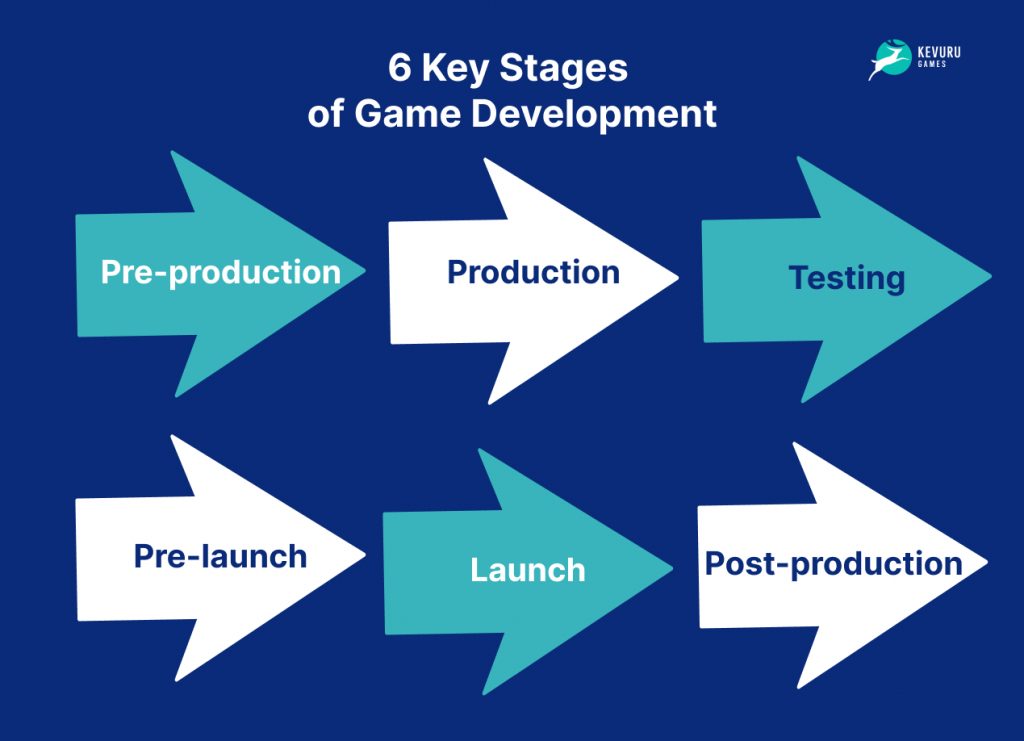
1. Pre-Production
Before you do something, you need to understand what exactly you are going to do. It sounds corny, but many people neglect this stage, believing that all the details will take shape already in the process. A more naive approach to game development couldn’t be imagined.
This stage is the creation of the foundation, the formation of the skeleton, the design of the roots, call it what you want. The bottom line is that it gives way to the main work. And the more detailed you work it out, the more harmonious, smoother, and hassle-free the further development will be.
So, what questions should be answered at this extremely important stage of making a video game?
- Game budget. A limited budget doesn’t mean lower quality or deliberately bad gameplay. Cost to make a video game is just a marker that allows you to roughly estimate the number of features, the level of graphics and the overall “packaging” of the game.
- Game type. Not to be confused with the genre. Here, based on the budget, we define the type of game from several main ones: mini 2D game, casual 2D/3D game, mid-core 3D game, or hardcore 3D game.
- Gaming platform. You need to determine best platform for gaming you are targeting – mobile devices, PC, console, or maybe you want to create a browser game.
- Game genre. Here the choice is huge: simulation, strategy, sports, adventure, RPG, puzzle, board, and more. The choice of the genre should depend on the scale of the future game. For example, if you have a small budget, then you should not rely on genres such as RPGs or simulations, as they require a huge amount of detail to be worked out and implemented.
- Target audience. This point also has its own nuances. If you’re making a casual game, then you’re aiming for as many different players as possible. If the game is more highly specialized in genre, it is necessary to clearly understand who will be its main consumer.
Well-documented answers to these questions effectively provide an established standard for all team members to use in their work. Once this information package is approved, we move on to the next one, which clarifies more detailed features of the game itself:
- Intended gameplay. Formation of a vision of what the process of interaction between the player and the game world will be like.
- Game mechanics. These are the rules that implement the player’s interaction with the game, taking into account its specifics and limitations. Achievements, constraints, modifiers, rewards, and more are thought out here.
- Characters. Most games have a main character who is the players’ digital avatar and moves along with them through the game’s storyline. Some of the simplest games don’t have characters or character design portfolio.
- Plot. Usually, the plot appears as the scale and complexity of the game increases. Casual games often don’t need it. But if you have a large project, this should be given special attention.
- Monetization. The game is made not only to entertain the players, but also to make a profit. Big projects for PC are purchased by players for money, so they often do not need additional game monetization options. And mobile or online games are usually monetized through either in-app purchases or ads.
All the information collected allows forming a general concept of the future game – it is already beginning to take shape and acquire certain features. If everything is accepted, then the game designers start creating the game design document. It streamlines every detail of the game and adds new ones, from the opening screen and gameplay features to the final notification and UX/UI design elements. This is an official document that is approved by customers and is a key guideline for the further work of all teams.
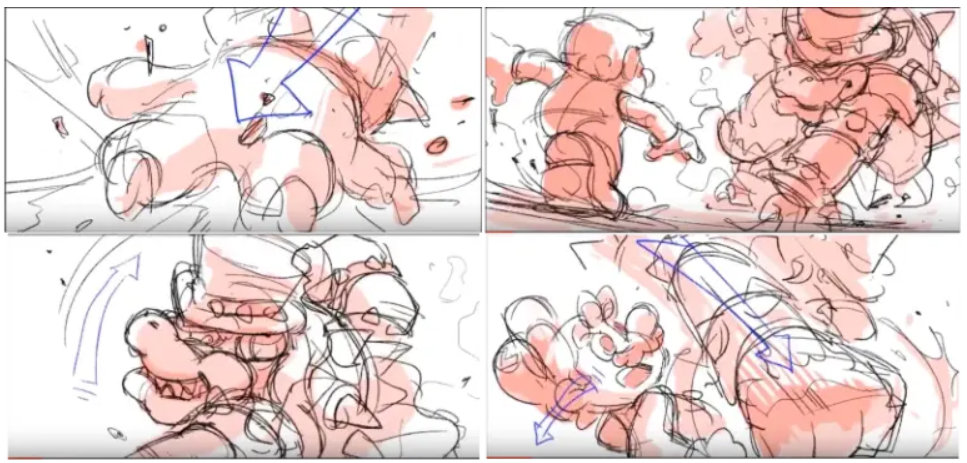
The Game Design Document (GDD)
The game’s development blueprint is the Game Design Document, commonly called the GDD. It includes detailed information about the game’s mechanics, story, characters, levels, and overall gameplay. The GDD acts as a reference point for the development team, ensuring everyone is on the same page regarding the game’s vision.
Prototyping
During pre-production, game developers create prototypes to test and validate their ideas. Prototypes are simplified versions of the game that demonstrate core mechanics and functionalities. These prototypes help identify potential flaws early on, allowing for necessary adjustments before proceeding to full-scale development. Please note that this is still a pre-production stage.
The prototype is a rough model of the game without art and details, which makes it possible to evaluate and feel the gameplay.
The essence of the video game prototyping services is to test the idea in practice and, having reduced the risks, continue the development of the project. Ignoring prototyping is a big mistake – in fact, you continue to work by touch without realizing the success or failure of the implementation of the interaction with the player, as well as the mechanics and functionality of the game.
When all this huge work is done, you can start production. Not earlier.
Step into the role of a game designer and grab your free GDD template you've been looking for
Learn more2. Production
As you move into one of the most active and dynamic stages of game development, you should be armed with a full understanding of what product you want to get. If you responsibly approach the previous stage described by us, then there will not be serious problems here either.
Production takes place in three main stages:
- Graphics and design. 2D/3D artists are involved in the creation of characters, assets, visual effects, environments, and interface elements. Level designers work out the structure of the levels and the main obstacles on the way of the player. Comprehensive information from the game design document provides maximum visibility and compliance with the style of the game.
- Programming. Even though programmers have already gotten into the game during prototyping, their main work starts here. They create a playable product backbone that provides interaction with the gamer, based on an existing engine or a custom one developed from scratch.
- Sound design. Sound engineers or sound designers create the game’s sound design. This work includes sound effects, voice acting, and music, all of which are often dynamic and change based on the player’s actions and what happens in the game.
Production is one of the longest game development steps due to the fact that the team will in any case implement a large number of clarifications, adjustments and edits. There will be a lot of trial and error before arriving at the perfect visual effects and technical representation of the game.
Production Milestones
Game development is time-consuming, often spanning several months or even years. To manage the project effectively, development teams set production milestones. These are specific points in the development timeline where key objectives must be achieved, such as completing certain levels, implementing core mechanics, or reaching alpha and beta testing stages.

Teamwork is key to success in this phase. Performing tasks in isolation from each other and the lack of communication lead to a large number of errors and the need to constantly redo, rewrite, or redraw something. Therefore, at Kevuru Games, we have built the most transparent communication scheme for working on the game to ensure instant feedback from any team member involved in the project. All our procedures are thought out and standardized so that we can always accurately estimate the required budget and deadlines for the work.

3. Testing
Quality assurance is often included in the production phase, but it is so important that it makes sense to talk about it separately.
Let us go straight to one very common misconception. The game development timeline is always very tense and responsible, and each client prioritizes its stages in different ways. Time is running out and you want to launch the game as soon as possible so that it starts to pay off. Therefore, the video game testing stage is often skipped or implemented very superficially. And once the game hits the stores, it’s too late to do anything – you’ve already submitted it to the players for consideration.
The players are ruthless. In the abundance of games now flooding the market, they are devilishly selective, picky, and attentive to the little things. They are high-fed by supply exceeding demand, and their verdict will be as harsh as possible. A game that has received a good kick for errors, bugs, crashes, and problems with monetization aspects will automatically fall into the category of unsuccessful ones and can no longer be removed from there by any fixes and re-launches. You have one try, and it shouldn’t be wasted.
Now you can see that game testing services stand out from other phases of game development in that it keeps the game from failure.
Nothing new is being created here, but everything is put on the line. Testers check the accessibility of all areas of the game, the correct display of elements from different sides, the correct implementation of various functions, etc.
Testers are sometimes split into different groups to make sure different aspects of the game are being tested:
- Stress testers do their best to test whether a game will work if it exceeds all of its possible functionality.
- Walkthrough testers implement a 100% playthrough with all the achievements and prizes to make sure everything is working correctly.
- Engagement testers test the game for fun – how easy or difficult it is to keep a player for the rest of the game session.
When the testers identify problems, the game goes back several stages and again falls into the hands of programmers or artists who make changes. This cycle can continue many times until the testers give the go-ahead for the launch of the game. You can think of them as the last stronghold or guardian of the line beyond which the game goes wild.
4. Pre-Launch
The process of making a video game may sometimes not include this stage. But if we are talking about a large PC or a console project, then pre-launch activities are absolutely necessary. Here we are talking about marketing, that is, about early warning people about the launch of a new game project.
The activities can be different:
- commercials with gameplay elements;
- articles and reviews;
- screenshots from the game;
- pre-sale with certain game bonuses or merch;
- exclusive previews of the game arranged at game conferences or thematic meetings.
The scale of the advertising campaign is usually proportional to the scale of the game. It makes no sense to spend huge budgets on advertising mobile games. But the AAA project definitely needs it. Sometimes the cost of such events can exceed the development budget of the entire game. This should always be taken into account, and it is imperative to allocate funds for potential promotion.

5. Launch
The promotion campaign is over, the most important step remains – the release of the game. Until this moment, the team can still implement some changes and additions. This usually concerns the visual range: improving the quality of textures, improving animation, and honing models. Even seemingly small details are important to make the game even more colorful, fun, and immersive.
Launching a game is providing it to game stores. Players will then be able to buy it or download it for free, depending on which platform it’s released for and under what terms.
But even when the game is out into the world, the video game designing process doesn’t end there.
6. Post-Production
So, the main work is over, the basic game design process steps are completed. Your game delighted the players (we are sure of it), the investment paid off. The development team is happy that their efforts were not in vain. What lies ahead is the so-called maintenance activity. It includes:
- Correction of minor bugs. Such bugs do not indicate the incompetence of testers. They may be specific to particular hardware or operating systems and are often not critical. After players indicate them in the comments to the game or on the forums, the developer fixes them and updates the game.
- Creation of patches and updates. Such elements can be released, for example, to further optimize the game, add new downloadable content to it, increase the number of levels and chapters, add multiplayer mode, etc.
Adding new content keeps players engaged and brings them back to the game even when it’s over. In a competitive gaming environment, this is an essential activity so that the game remains afloat as long as possible and does not dissolve among its counterparts. Therefore, the process of making a video game in modern realities is impossible without this stage.

Key Game Development Roles
Several key roles come together during the production phase to ensure the game’s success. Let’s explore some of the most crucial ones:
Project Manager
The Project Manager plays a central role in overseeing the entire development process. They are responsible for coordinating the team, managing resources, setting deadlines, and ensuring the project stays on track.
Game Developers/Programmers
Game developers, also known as programmers, are responsible for bringing designs and mechanics to life through programming languages and development tools.
Game Artists
They are the creative geniuses responsible for the visual elements that captivate players’ imaginations. They craft characters, stunning environments, and eye-catching animations.
Game Designers
Game designers are the visionaries behind the gameplay itself. They craft the rules, mechanics, and overall structure of the game. With a deep understanding of player psychology and engagement, they create challenges, rewards, and interactive elements.
Sound Designers
They create captivating soundscapes, music, and sound effects that enhance the game’s atmosphere and emotion. Their work elevates the gaming experience to new heights, from epic battle music to subtle ambient sounds.
Quality Assurance (QA) Testers
QA testers are diligent detectives who meticulously search for bugs, glitches, or issues within the game. Their authoritative feedback ensures the game is polished and free from technical hiccups before it reaches the players’ hands.
Writers/Narrative Designers
Writers and narrative designers weave captivating stories and compelling characters into the game’s fabric. They create immersive dialogues, rich lore, and engaging narratives that draw players deeper into the game’s world.
Game Producers
They oversee the entire development process from a business perspective. They manage budgets, schedules, and resources, ensuring the project remains financially viable and commercially successful.
Level Designers
They craft the layout, challenges, and puzzles that players must navigate to progress through the game. Their authoritative design skills ensure that each level is engaging and rewarding.
User Experience (UX) Designers
UX designers focus on creating an intuitive and user-friendly gaming experience. They design interfaces, menus, and controls that are easy to navigate and understand, enhancing player satisfaction.
Our Game Development Experience
That’s all folks. We took a step-by-step look at the game development services and saw all the variegation, turbulence, and creative enthusiasm of this process. It’s not enough to get a technically flawless game. It is necessary to ignite the spark of life in it so that the players can see this radiance, feel it, and reach for it. This is what we do at Kevuru Games as a 3D game development company.
We know how to create game design document. Refined and clear workflows allow us to easily face and deal with any challenges, obstacles, and constraints. Our video game development stages are like a ladder that we walk without hesitation or stumbling. But that’s not all – our passion for games gives us the ability to put our soul into every project, give it a unique charm, and make it stand out from others. Watching the success of our projects is the best reward for our team, which maintains our fervor and only increases the enthusiasm and desire to create and develop for the benefit of the gaming industry further.
Here are some of the games from our game development portfolio.
We will make your game special.
- If you have an idea, but you cannot clearly state it – contact us, and we will formulate it together.
- If you already have sketches and clear thoughts regarding the mechanics and the plot – engage us, and we will figure out how to implement it in the coolest way.
- If you have a finished project full of errors and bugs – write to us, and we will polish it, clean it up, and prepare it for launch.
Your project will be in good hands – we form a special team that works only on it and concentrate as much as possible on the implementation of your goals. This gives us the right to guarantee a high result and release a game that we and you will be proud of.







